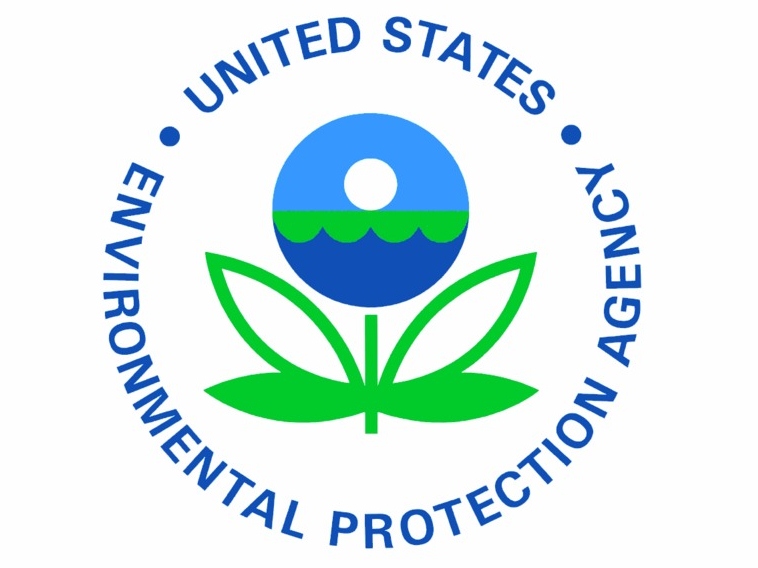Nobody would argue against reasoned and thoughtful regulation of American business. However, there is a stark contrast between prudent action and the obviously job-killing tactics of the Environmental Protection Agency. Enough is enough, and today’s case study demonstrates that the EPA is wildly out of control.
There are these interesting materials, known generically as a silicone, but more specifically as octamethylcyclotetrasiloxane and decamethylcyclopentasiloxane. Often referred to as siloxane D4 and siloxane D5, respectively, (or just D4 and D5), they are used in the manufacturing of personal hygiene and health care products because they are inert (don’t react with other stuff), are heat resistant, and don’t provide a home for microbes to grow. Consequently, they often are found waste-water treatment facilities, because those products often get washed down consumers’ drains after usage. Now, as a chemistry major, I’m not scared of something made of carbon, hydrogen, oxygen, with a few silicone atoms attached – even if it does sound like something out of Mary Poppins.
Neither should you, by the way. That’s because Canada, and much of the rest of the Western world, have already determined that neither D4 nor D5 has any harmful effects on either humans or the environment. The only requirement for D4 usage in Canada is that a manufacturer have a pollution prevention protocol. Meanwhile, over in the EU, the Scientific Committee for Consumer Products (SCCP), the commission of experts that studies such things, said in 2010, “The SCCS is of the opinion that cyclomethicone (D4, D5) does not pose a risk for human health when used in cosmetic products.”
In the case of D5, the government of Canada convened a special Board of Review in 2011, which said, “it is virtually impossible for Siloxane D5 to occur in any environmental matrix at concentrations sufficient to produce harm to the environment.” You can read the full story here.
This being the United States, however, the government feels it’s essential to waste taxpayer dollars proving something we already know. But hey, we all want clean air and water, so it can’t hurt to just verify what everyone else knows.
Except the EPA wants to verify it in a manner that vastly exceeds what is either necessary or reasonable. For starters, the EPA doesn’t want to trust another country’s findings, even though the Board of Review was the first such one in 13 years to even convene, and even though D5 is being voluntarily monitored internationally, and even though no country has placed restrictions on D5’s use. Okay, fine, let’s still be certain.
The silicone industry has told the EPA that there are a lot of waste-water treatment sites in the United States, they’re all the same operationally, all perform the same functions, and are identical as far as the data that could be collected from each. The industry has voluntarily offered five sites that were determined to have the greatest potential for release to create an ecological risk assessment.
Sounds reasonable to me. Except this is the EPA we’re talking about.
No, the EPA says they want to monitor forty two sites, at a cost of some $50 million to the industry and countless taxpayer dollars. According to Inside EPA, the EPA won’t say why it wants over eight times as many sites. They offered no sound scientific basis for why they want to monitor all these locations. They have not said how monitoring all these additional sites will somehow help with the ecological risk assessment. They won’t provide a reason. They won’t provide a rationale. They’re just insisting on it because, well, they can.
Maybe it’s time for Congress to exercise its oversight responsibilities and make EPA justified its position in silicones monitoring.
As I said before, nobody is calling for wholesale deregulation. A thoughtful and reasoned approach towards regulation is best. Every regulation costs money to implement for businesses, which means less money to hire workers. The Environmental Protection Agency presents a grievous danger with its insidious and dictatorial overreaching. It’s time the agency was subjected to a cleanup of its own, where all administrators and staffers are thrown out, and the agency re-examined and restructured to benefit all Americans.

COMMENTS
Please let us know if you're having issues with commenting.